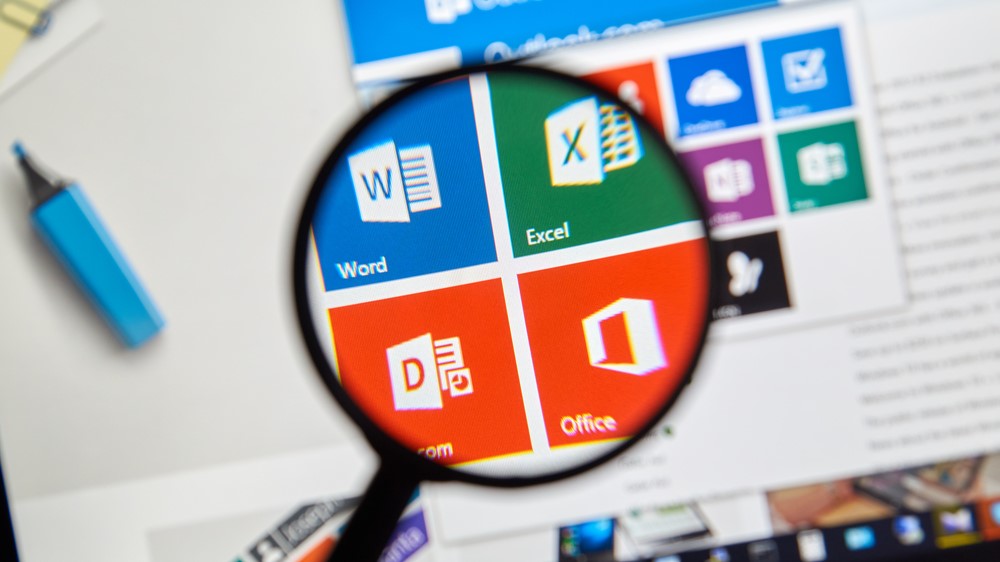
Microsoft Office and LibreOffice are both excellent office suites, but how can you be sure which is right for you? On the surface the two look very similar, but there are some important differences to bear in mind when making your decision.
Price
LibreOffice is free to download and use, even for commercial purposes – no strings attached. Because it's open source software, you can also download and edit the source code, should you wish to.
You can buy a one-time license for Microsoft Office, but a Microsoft Office 365 subscription offers the best value. There are different tiers available, depending on your needs, with options for business and personal users.
Microsoft Office 365 is also available free for students and educators, and with a 30% discount if your employer is park of Microsoft's work scheme.
Cheap copies of Microsoft Office found on sites like eBay are illegal, and might be in violation of the End User License Agreement (EULA).
Programs
One of the key considerations when you're choosing between Microsoft Office and LibreOffice is the programs on offer.
LibreOffice includes Writer (word processing), Calc (spreadsheets), Impress (presentations), Base (databases), Math (editing formulas) and Draw (vector graphics).
Get daily insight, inspiration and deals in your inbox
Sign up for breaking news, reviews, opinion, top tech deals, and more.
A Microsoft Office 365 personal subscription includes Word, Excel, PowerPoint, OneDrive (with 1TB storage) and Outlook. PC users get Publisher and Access as well, though Mac fans will miss out.
File compatibility
Of all the free office suites available, LibreOffice offers the best file compatibility around. Its tools can import and export all the most common file formats, including Microsoft DOCX, PPTX and XLSX. it also supports a wider range of non-Microsoft file formats than Office 365.
However, it's worth bearing in mind that documents won't always look exactly the same in LibreOffice as they do in Microsoft Office programs. This is partly due to Microsoft's use of its own fonts, and partly due to difference in the way data is interpreted and rendered on-screen.
For most purposes this won't be a problem, but if you frequently share files with people who use either LibreOffice or Microsoft Office, you might find it more convenient to stick with the same office suite as them to ensure you're all on the same page.
User support
If you choose Microsoft Office, one of the things you're paying for is the customer support. Microsoft provides a help app that can lend a hand with common problems, and there's an online chatbot that can provide solutions too. If the automated systems don't provide the answers you need, there's phone and live chat supporrt with real Microsoft technicians.
Microsoft has published a set of guides for helping you carry out common tasks using Microsoft Office as well, which can be enormously helpful.
If you choose LibreOffice, you'll be relying on the goodwill of Community Assistance – but there's a lot of it. You'll find a wealth of information in the LibreOffice Wiki, Ask.LibreOffice provides a ticketing system where you can submit queries (and read answers to other users' questions), and there's an IRC channel for live chat.
The important thing to remember is that, although LibreOffice's support is excellent, it's all dependent on volunteers donating their time and expertise. The Document Foundation is under no obligation to provide support, and you may have to wait longer for a reply than you would if you were using Microsoft Office.
Understandably, there's no phone support for LibreOffice, which might be an issue if you're looking for software for your business.
Collaboration
With Microsoft Office 365, multiple users can share files via OneDrive, and collaborate on the same document with real-time chat.
There's no equivalent feature for LibreOffice, so if you're looking for a free office suite for collaborative working, Google Docs, Sheets and Slides should be your first port of call.
Cloud services
If you opt for LibreOffice and want to store your documents in the cloud, you'll have to piece together your own system (understandably, The Document Foundation can't provide free server space for LibreOffice's millions of users). This doesn't have to be complicated, though, and a service like Dropbox makes it easy to sync files to the cloud by saving them in a dedicated folder on your PC or Mac.
You can also sign up for Microsoft OneDrive without being an Office subscriber, or check out one of our other recommended free cloud storage providers.
If you opt for a Microsoft Office subscription, things are much more straightforward, because Microsoft OneDrive is built right into each program and is the default save location for all new documents. A Microsoft Office 365 subscription also gives you more storage space than a free OneDrive account.
Platforms
Microsoft Office 365 is available for Windows and Mac, with mobile apps for iOS and Android (the latter of which will also work with Chromebooks). There's also Microsoft Office Online, which offers pared-down versions of Word, Excel and PowerPoint in any modern web browser.
LibreOffice is available for Windows, Mac and Linux, with a portable version that can be installed on a removable storage device. However, there are no apps for working on smartphones, tablets and Chromebooks, with the exception of LibreOffice Viewer for Android, which uses the same engine as the desktop software to let you read documents. There's also a remote app for controlling slideshows made with LibreOffice Impress.

Cat is TechRadar's Homes Editor specializing in kitchen appliances and smart home technology. She's been a tech journalist for 15 years, having worked on print magazines including PC Plus and PC Format, and is a Speciality Coffee Association (SCA) certified barista. Whether you want to invest in some smart lights or pick up a new espresso machine, she's the right person to help.